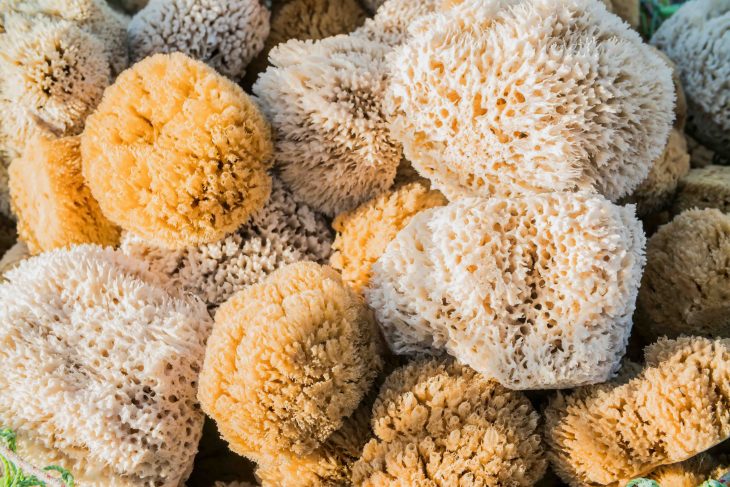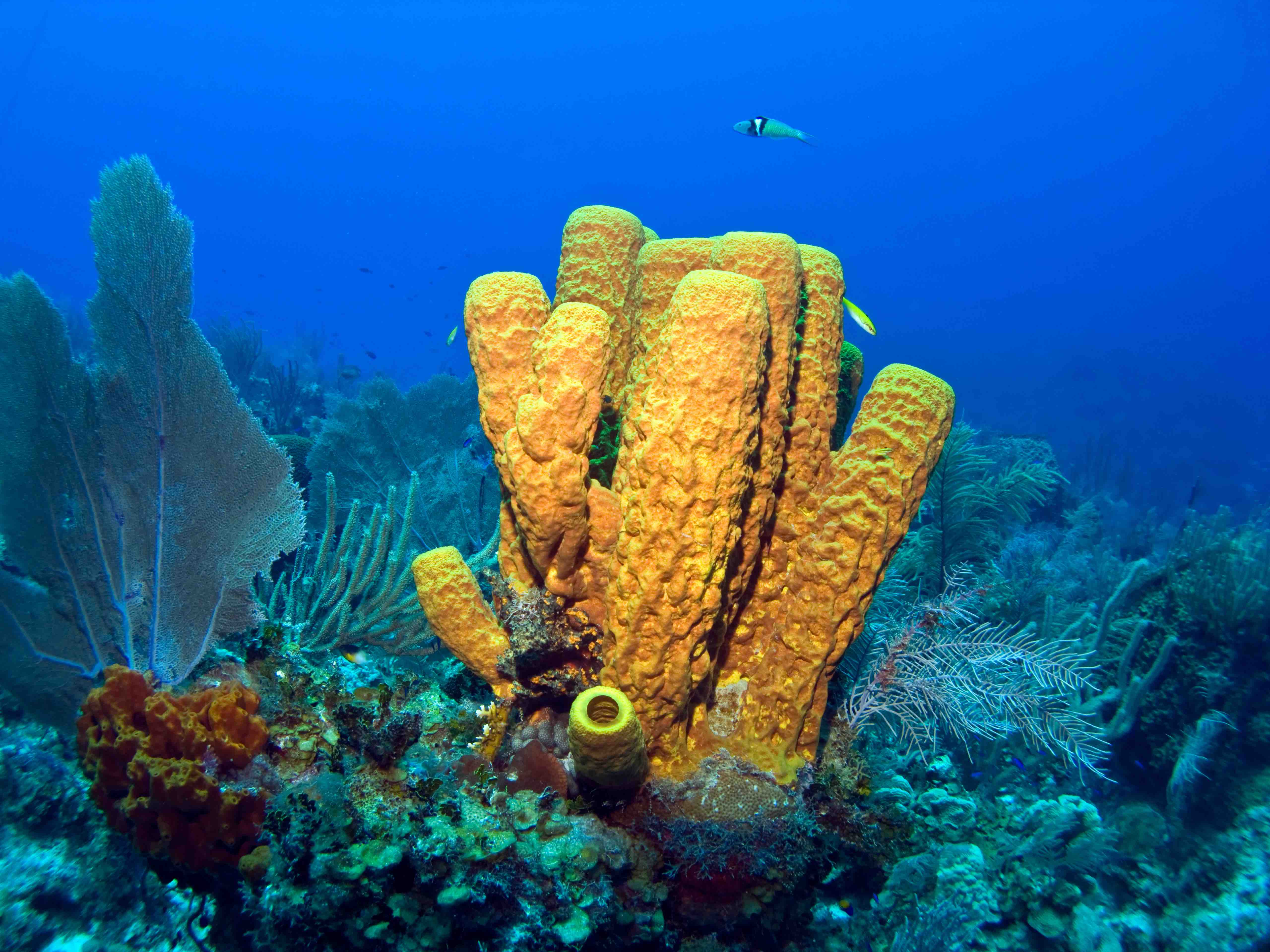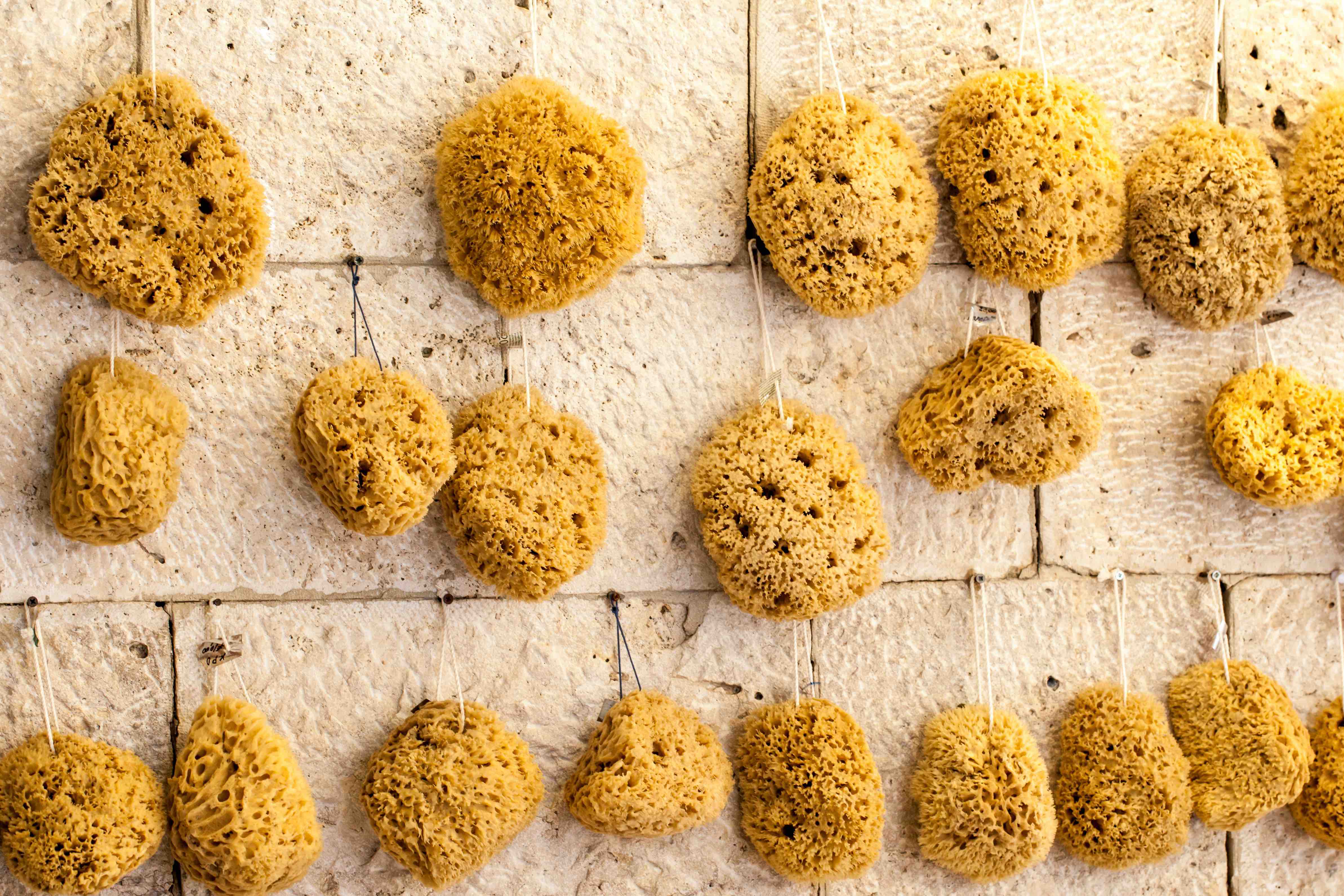
Sea sponges are captivating organisms that inhabit the world’s oceans, playing a vital role in marine ecosystems. In this article, we’ll explore 18 intriguing sea sponge facts, shedding light on their diverse forms, unique characteristics, and ecological significance. Prepare to dive into the depths of knowledge and uncover the wonders of these underwater creatures.
Ancient Existence
Sea sponges have a rich evolutionary history, dating back over 500 million years. They are considered one of the oldest animal groups on Earth, predating dinosaurs and even flowering plants.
Animal or Plant?
Although they may resemble plants, sea sponges are actually classified as animals. They belong to the phylum Porifera, derived from the Latin words “porus” meaning pore, and “ferre” meaning to bear, aptly describing their porous structure.
Diverse Forms
Sea sponges exhibit remarkable diversity in their shapes, sizes, and colors. They can range from encrusting varieties that adhere to rocks or coral reefs, to branching types that resemble trees underwater.
Filter Feeders
Sea sponges are filter feeders, meaning they extract food particles from the water that passes through their bodies. They possess specialized cells called choanocytes, which create water currents and trap tiny organisms and organic matter for consumption.
Oxygen Providers

In addition to filtering water, sea sponges play a crucial role in oxygenating their surroundings. They absorb oxygen from the water and release carbon dioxide, aiding in maintaining a healthy balance of gases in marine ecosystems.
Structural Marvels
Sea sponges possess a unique internal structure composed of a network of channels and pores. This intricate system allows water to flow freely through their bodies, facilitating feeding, waste removal, and gas exchange.
Impressive Regeneration
Sea sponges are known for their exceptional regenerative abilities. If damaged or fragmented, they can regrow and repair themselves, making them resilient organisms capable of surviving in challenging conditions.
Chemical Defenses
Certain sea sponges produce chemical compounds with potent defensive properties. These compounds help protect them from predators and provide potential sources for the development of new pharmaceutical drugs.
Symbiotic Relationships
Sea sponges often form symbiotic relationships with other organisms. They host a variety of microorganisms within their bodies, including bacteria and algae, which contribute to their overall health and survival.
Habitat Variety
Sea sponges can be found in a wide range of marine habitats, from shallow coastal waters to deep-sea environments. They thrive in both warm and cold waters, adapting to different conditions based on their specific species.
Coral Reef Builders
Certain types of sea sponges, such as reef-building sponges, contribute to the formation and maintenance of coral reefs. They play a vital role in reef ecosystems by providing structure, shelter, and food sources for various marine organisms.
Natural Water Purifiers
Due to their filter-feeding nature, sea sponges help improve water quality by removing particles and toxins from the surrounding environment. They contribute to the overall health and clarity of marine ecosystems.
Source of Inspiration
The intricate structures and efficient water filtration systems of sea sponges have inspired scientists and engineers in various fields. Researchers are exploring ways to replicate their unique properties in applications such as water filtration systems and bioengineering.
Limited Mobility
While some sea sponges can change their position slightly by contracting or expanding, they generally have limited mobility. Once they settle in a suitable location, they typically remain stationary for the rest of their lives.
Notable Size Range

Sea sponges exhibit a wide range of sizes. While some species are barely visible to the naked eye, others can grow to impressive proportions. The largest known sea sponge, discovered in the late 19th century, measured over 11 feet (3.3 meters) in diameter.
Global Distribution
Sea sponges can be found in oceans worldwide, from polar regions to tropical seas. They contribute to the biodiversity and ecological balance of marine ecosystems on a global scale.
Unique Reproduction
Sea sponges have diverse reproductive strategies. While some species reproduce asexually through budding or fragmentation, others release sperm and eggs into the water for external fertilization. Larvae eventually settle and develop into new sponge colonies.
Conservation Concerns
Despite their ecological importance, sea sponges face various threats, including pollution, habitat destruction, and overfishing. Protecting their habitats and raising awareness about their significance is crucial for the conservation of these remarkable organisms.
Conclusion
In conclusion, sea sponges are fascinating organisms with a long evolutionary history and diverse characteristics. They contribute to marine ecosystems as filter feeders, oxygen providers, and habitat builders. Understanding and appreciating these underwater wonders is crucial for their conservation and the health of our oceans. So, let’s continue to explore and protect these captivating creatures that grace the depths of our seas.
Frequently Asked Questions (FAQs)
Can sea sponges be kept as pets in home aquariums?
Sea sponges require specific environmental conditions and are challenging to maintain in home aquariums. They have complex filtration needs and can potentially overgrow, causing imbalances in the tank ecosystem.
Can sea sponges be used for bathing or cleaning purposes?
Natural sea sponges have been traditionally used for bathing and cleaning due to their absorbent and gentle properties. However, it’s important to ensure that they are sustainably harvested to minimize environmental impact.
Are all sea sponges colorful?
Sea sponges come in a variety of colors, including vibrant hues like orange, pink, and purple. However, some species may appear more subdued or blend with their surroundings for camouflage.
Can sea sponges survive in freshwater?
Most sea sponges are adapted to marine environments and cannot survive in freshwater. However, a few species have been found in brackish waters where freshwater and saltwater mix.
Can sea sponges be consumed as food?
While some cultures have culinary traditions involving certain species of sea sponges, it’s important to note that many sea sponges contain toxic compounds and should not be consumed.
Was this page helpful?
Our commitment to delivering trustworthy and engaging content is at the heart of what we do. Each fact on our site is contributed by real users like you, bringing a wealth of diverse insights and information. To ensure the highest standards of accuracy and reliability, our dedicated editors meticulously review each submission. This process guarantees that the facts we share are not only fascinating but also credible. Trust in our commitment to quality and authenticity as you explore and learn with us.
